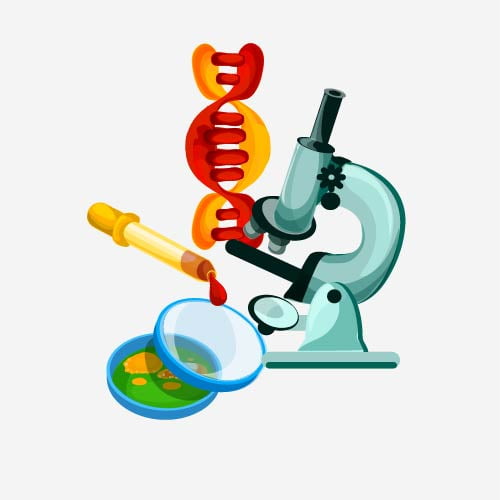Tamoxifen: What Is It?
Tamoxifen is a medication primarily used in the treatment of breast cancer. It plays a crucial role in managing hormone receptor-positive breast tumors by blocking estrogen’s effects https://tamoxifencycle.com/prod/nolvo/ on the breast tissue.
How Does Tamoxifen Work?
Tamoxifen functions as a selective estrogen receptor modulator (SERM). This means it can block or activate estrogen receptors in different tissues, depending on the context. In breast tissue, it acts as an estrogen antagonist, which helps to inhibit tumor growth that depends on estrogen.
Key Mechanisms:
- Blocks estrogen from binding to its receptors in breast cells.
- Reduces the risk of recurrence in women who have undergone surgery for breast cancer.
- Can prevent the development of breast cancer in high-risk women.
Uses of Tamoxifen
The primary uses of Tamoxifen include:
- Treatment of early-stage breast cancer.
- Adjuvant therapy following surgery and radiation.
- Treatment of metastatic breast cancer.
- Preventive therapy in women at high risk for developing breast cancer.
Potential Side Effects
Tamoxifen is generally well-tolerated, some individuals may experience side effects:
- Hot flashes
- Nausea and vomiting
- Vaginal discharge or bleeding
- Increased risk of blood clots
- Risk of endometrial cancer
FAQs About Tamoxifen
What is the typical duration of Tamoxifen treatment?
Most patients are advised to take Tamoxifen for 5 to 10 years, depending on individual risk factors and treatment responses.
Can men use Tamoxifen?
Yes, Tamoxifen may be prescribed to men diagnosed with gynecomastia or hormone-sensitive breast cancer.
Is regular monitoring necessary during Tamoxifen treatment?
Yes, healthcare providers typically recommend regular follow-ups to monitor for potential side effects and assess treatment effectiveness.
Conclusion
Tamoxifen remains a vital option in the management of hormone receptor-positive breast cancer. Understanding its function, uses, and potential side effects can help patients make informed decisions about their treatment pathways.




























